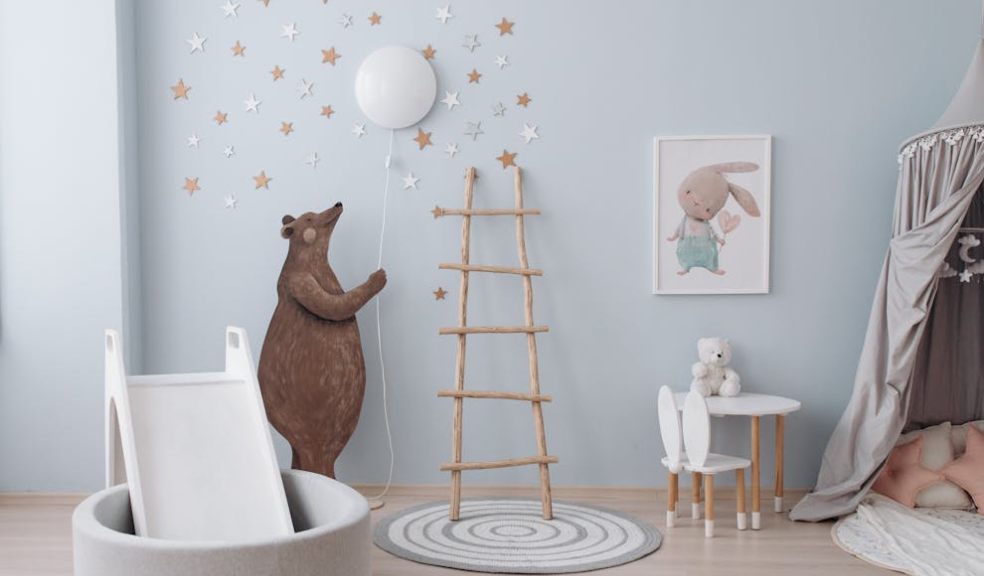
Ways to Make Nurseries User-Friendly
Creating a user-friendly nursery is essential for the comfort and development of children as well as for the convenience of parents and caregivers. A well-designed nursery should offer a safe, engaging, and nurturing environment that fosters growth and learning. Here are several strategies to make nurseries user-friendly:
Safety First
Safety is the cornerstone of a user-friendly nursery. Ensuring that the environment is safe for children to explore is paramount. This includes securing heavy furniture to the walls to prevent tipping, using safety gates where necessary, and covering electrical outlets. Non-toxic paint and materials should be used, and any sharp edges should be cushioned to prevent injuries. Regularly inspecting toys and equipment for wear and tear is also crucial to maintain a safe space.
Ergonomic Design
An ergonomic design caters to the needs of both children and caregivers. Adjustable furniture, such as high chairs and cots, can accommodate the growing needs of children. Seating and changing stations should be at a comfortable height to prevent back strain for caregivers. Incorporating step stools and low shelves allows children to access toys and books independently, promoting self-reliance.
Accessible Layout
The layout of the nursery should be intuitive and accessible. Organise the space into distinct zones for different activities like sleeping, playing, and eating. Clear pathways ensure that children and caregivers can move around easily without obstacles. Using visual cues, such as colour-coded storage bins, can help children understand where items belong, fostering a sense of order and responsibility.
Engaging Environment
Creating an engaging environment stimulates children’s curiosity and learning. Incorporate a variety of textures, colours, and interactive elements. Wall art at children’s eye level, sensory play areas with different materials, and versatile toys that encourage imaginative play are excellent additions. Rotating toys and books regularly can keep the environment fresh and exciting for children.
Comfortable Atmosphere
A comfortable atmosphere is essential for both children and caregivers. Soft lighting and natural light can create a warm and inviting space. Temperature control is also important; ensure the nursery is neither too hot nor too cold. Providing comfortable seating for caregivers, such as rocking chairs or cushioned seats, can make feeding and storytime more enjoyable.
Practical Storage Solutions
Effective storage solutions help keep the nursery organised and clutter-free. Use open shelving for toys and books to make them easily accessible for children. Labelling bins and shelves with pictures and words can help children learn to tidy up after themselves. For caregivers, having ample storage for nappies, wipes, and other essentials within arm’s reach is convenient and time-saving.
Sheltered Walkways
Sheltered walkways are an often-overlooked feature that can greatly enhance the user-friendliness of a nursery. These covered pathways provide protection from adverse weather conditions, ensuring that children and caregivers can move between indoor and outdoor areas comfortably. Sheltered walkways like those installed by Shelter Solutions make drop-offs and pick-ups more convenient and stress-free, particularly during rain or intense sunlight, thus improving the overall experience for parents and children alike.
Incorporating Technology
Incorporating technology thoughtfully can enhance the nursery experience. Baby monitors with video capabilities allow caregivers to keep an eye on sleeping infants. White noise machines can help soothe children to sleep, and smart lighting systems can adjust the room’s lighting to suit different activities and times of day.
Inclusive Design
An inclusive design ensures that the nursery is accessible to all children, including those with disabilities. This can include features like wider doorways for wheelchair access, sensory-friendly areas for children with sensory processing issues, and adaptive equipment for children with mobility challenges. Training staff to understand and cater to diverse needs is equally important.













